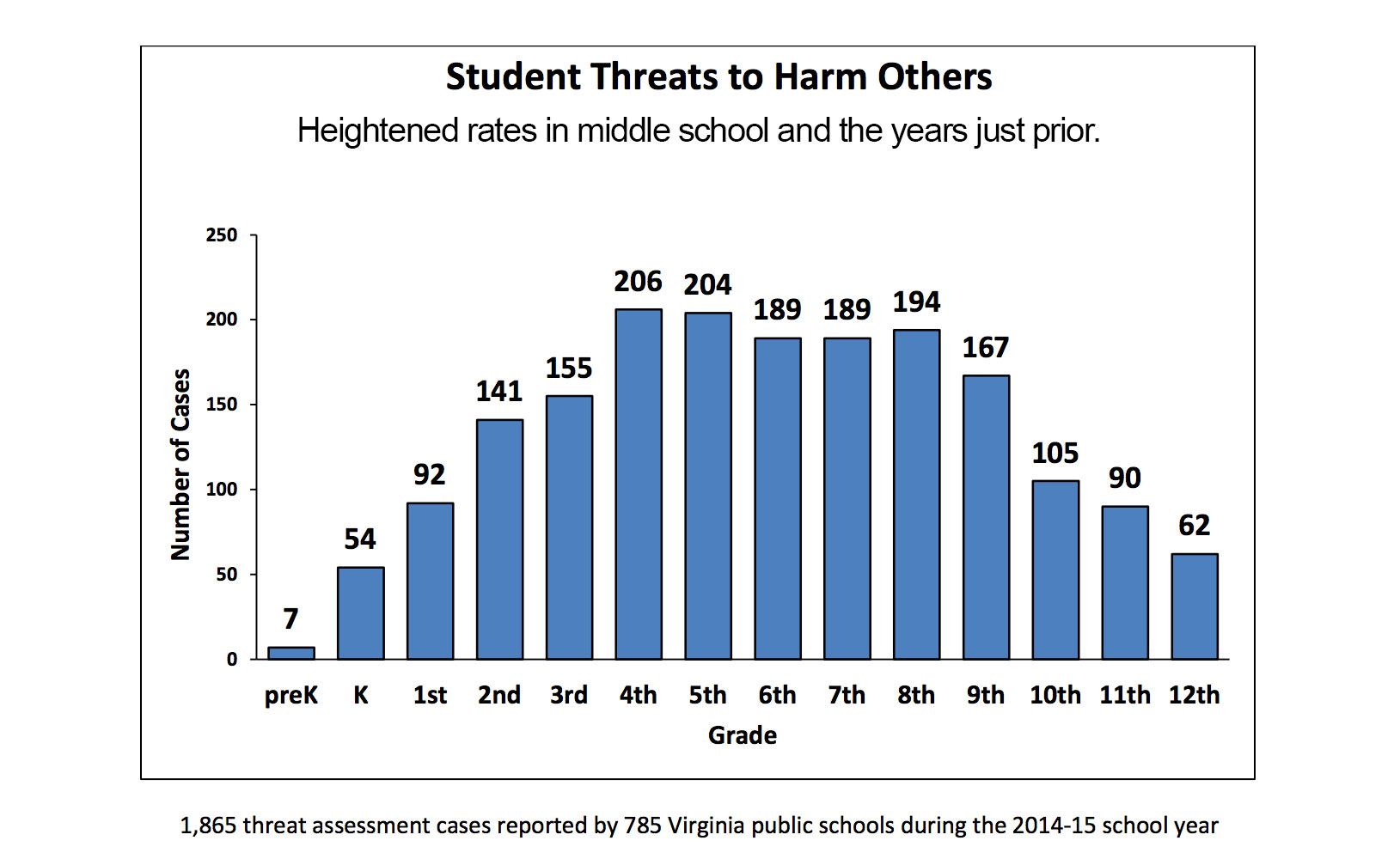Preventing Bullying and Violence
Bullying is a serious issue in the U.S. experienced by 30-45% of youth either as a victim, bully or both(1). During the transition from elementary school to middle school, bullying increases as students work to position themselves with their peers (2). In middle school, bullying is the number one discipline problem and not only threatens students’ physical and emotional safety but can also have a negative impact on learning (3).
During the middle school period, it is important to address the combination of bullying, social isolation, homophobic teasing, sexual harassment, dating violence, and gang violence—and understand how these issues and behaviors relate to one another. Schools, teachers, administrators, counselors, and social workers must better understand the interplay of these behaviors and bring forward effective prevention and intervention responses and programming.
“As bullying in middle school – largely driven by the use of homophobic slurs – has been found to be an antecedent to sexual harassment in high school, bullying prevention programs need to address homophobic language and sexual harassment directly.”
–Dorothy Espelage
Prevention begins with understanding that bullying can be face-to-face, with verbal or physical aggression or through technology, via cyberbullying on cellphones and computers. And an important finding is that bullying co-occurs with other types of aggression and risky behavior. So interventions should also target the other forms of violence and aggression such as harassment, peer victimization, and homophobic teasing.

Research has shown that social-emotional learning prevention programs for middle school age youth need to address the gender differences and needs of girls and boys to be effective.
- Evidence indicates a need to enhance social-emotional programs implemented in middle school years with gender specific materials which recognize the differences in girls and boys.
- School personnel need the skills to address homophobia and homophobic language given that such a large majority of bullying during middle school years is around homophobic teasing and LGBTQ issues/identity.
- Preventive education and building of social-emotional skills that address healthy relationships, as well as dating violence and adolescent social network influences on risky alcohol and drug use, are other key and engaging conversations that need to start in early adolescence.
When teachers and staff commit to prevent bullying and establishing teacher/student relationships, it’s been shown that there is less bullying, fighting and peer victimization. When students feel safe and supported in a school environment, they can focus on their academics and are less likely to display behavior problems. ((Meehan, Hughes, & Cavell, 2003).
Prevention centers around teaching students about treating others with respect, but should also involve a range of measures that include parent training and meetings, improving yard supervision, incorporating non-punitive disciplinary methods, incorporating school conferences, and providing information for parents.
Strategies for bullying prevention in your school should include:
 Training staff on how to identify and intervene positively and effectively in bullying.
Training staff on how to identify and intervene positively and effectively in bullying.- Making sure your school has an anti-bullying policy that is consistent with state and federal policies.
- Taking advantage of gender-based or specific learning differences.
- Promoting service learning to help youth develop leadership, compassion and skills in different settings.
- Looking for changes in behavior that may be alert you to problems at home. While some youth (often boys) may externalize their experiences of trauma, hurt or frustration through anger or violence, others (often girls) may withdraw or express it through self-destructive behavior.
- Ensuring that the adult workplace reflects healthy social relationships.
- Working collaboratively with families.
- Using Social-Emotional Learning (SEL) activities for creating a positive school climate.
- Implementing positive behavioral interventions and equitable disciplining practices.

RESOURCES
- Restorative Justice in U.S. Schools: A Research Review\
- Bullying in Early Adolescence: The Role of the Peer Group
- The Disturbing Connection Between Bullying and Sexual Harassment
- Teaching Students to Prevent Bullying
- Bullying Prevention Training Course
- Connect for Respect – Bullying
- stopbullying.gov
- Identifying Bullying


